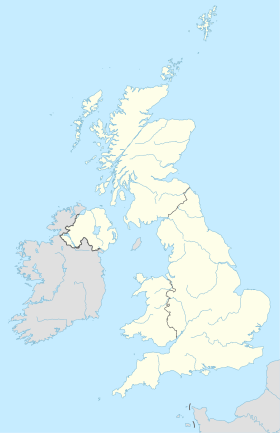| 1999 London bombings | |
|---|---|
| Location | London, England |
| Date | 17 April 1999 – 30 April 1999 |
| Target | Black British, British Bengali and LGBT populations in London |
Attack type | White supremacist terrorism, bombings, murder |
| Weapons | Nail bomb |
| Deaths | 4 (including an unborn baby) |
| Injured | 140 |
| Victims |
|
| Motive | Neo-Nazism / Attempt to start a race war in England |
| Part of a series on |
| Terrorism |
|---|
| Part of a series on |
| Neo-fascism |
|---|
 |
|
|
The 1999 London nail bombings were a series of bomb explosions in London, England. Over three successive weekends between 17 and 30 April 1999, homemade nail bombs were detonated in Brixton in South London; at Brick Lane, Spitalfields, in the East End; and at the Admiral Duncan pub in Soho in the West End. Each bomb contained up to 1,500 100 mm nails, in duffel bags that were left in public spaces. The bombs killed three people and injured 140 people, four of whom lost limbs.
On 2 May 1999, the Metropolitan Police Anti-Terrorist Branch charged 22-year-old David Copeland with murder. Copeland, who became known as the "London nail bomber", was a Neo-Nazi militant and a former member of two political groups, the British National Party and then the National Socialist Movement. The bombings were aimed at London's black, Bengali, and LGBT communities.[1] Copeland was convicted of murder in 2000 and given six life sentences.[1]
- ^ a b Buncombe, Andrew; Judd, Terri; and Bennett, Jason. "'Hate-filled' nailbomber is jailed for life", The Independent, 30 June 2000.

